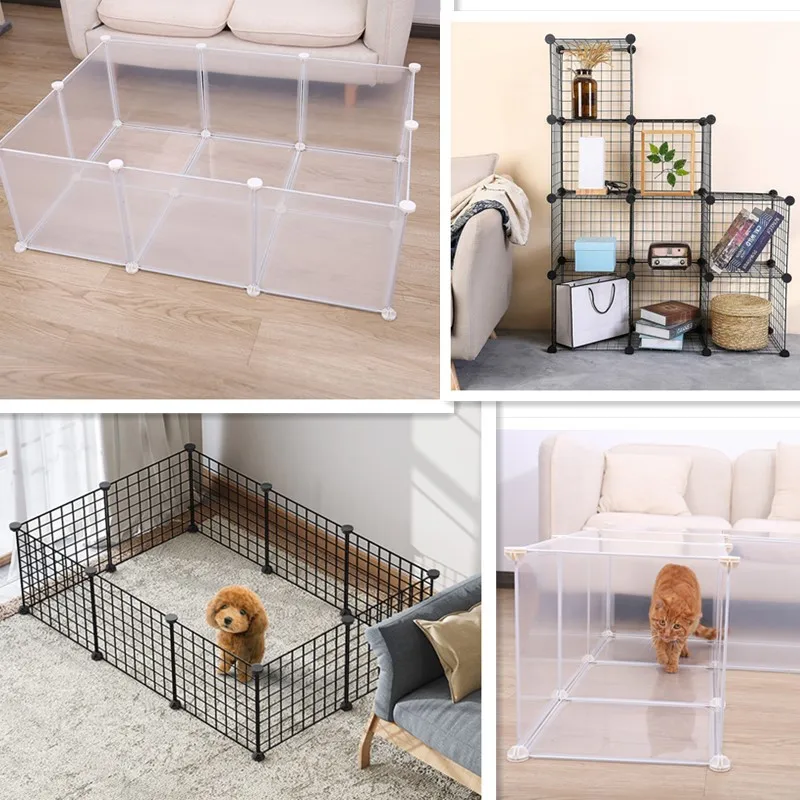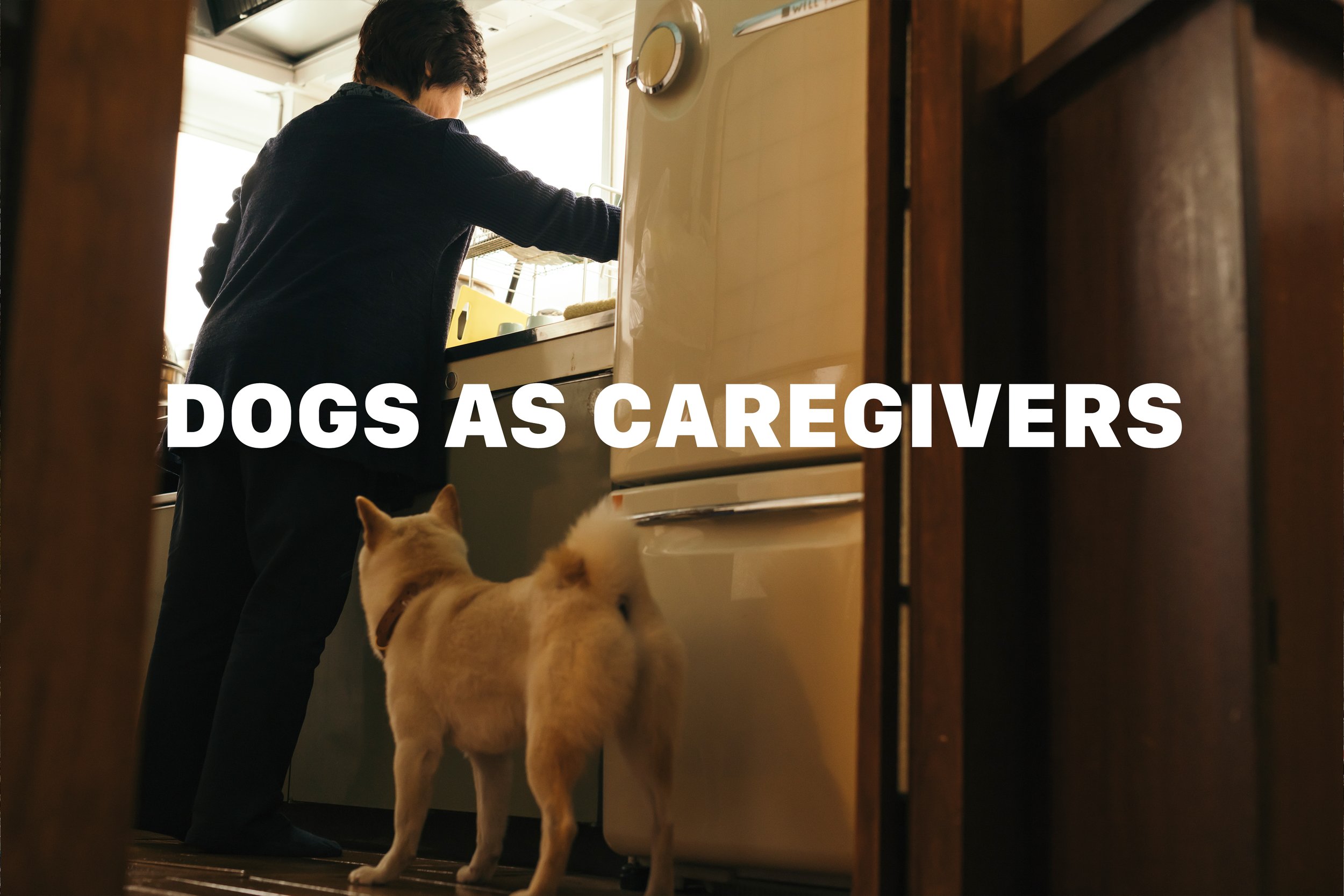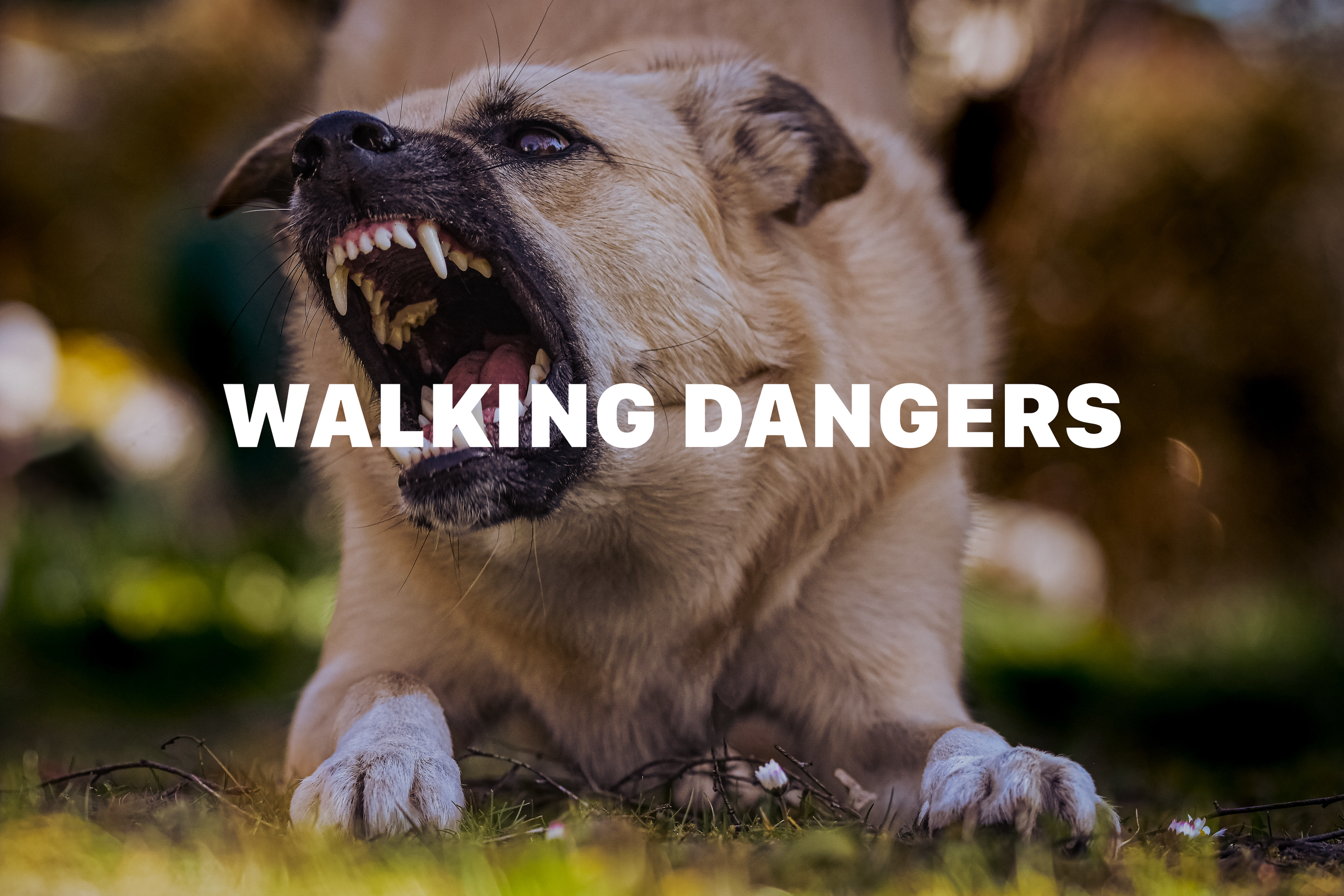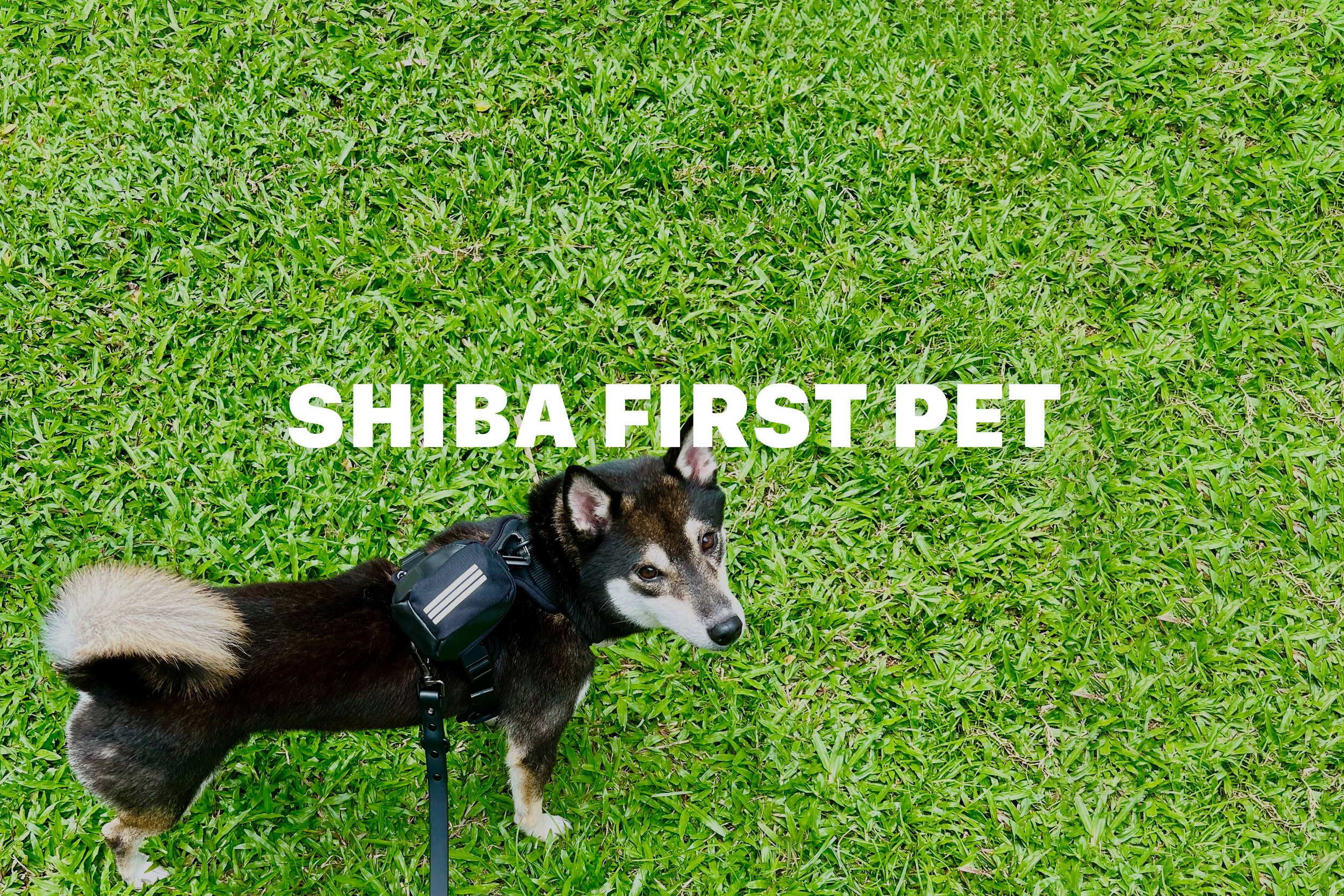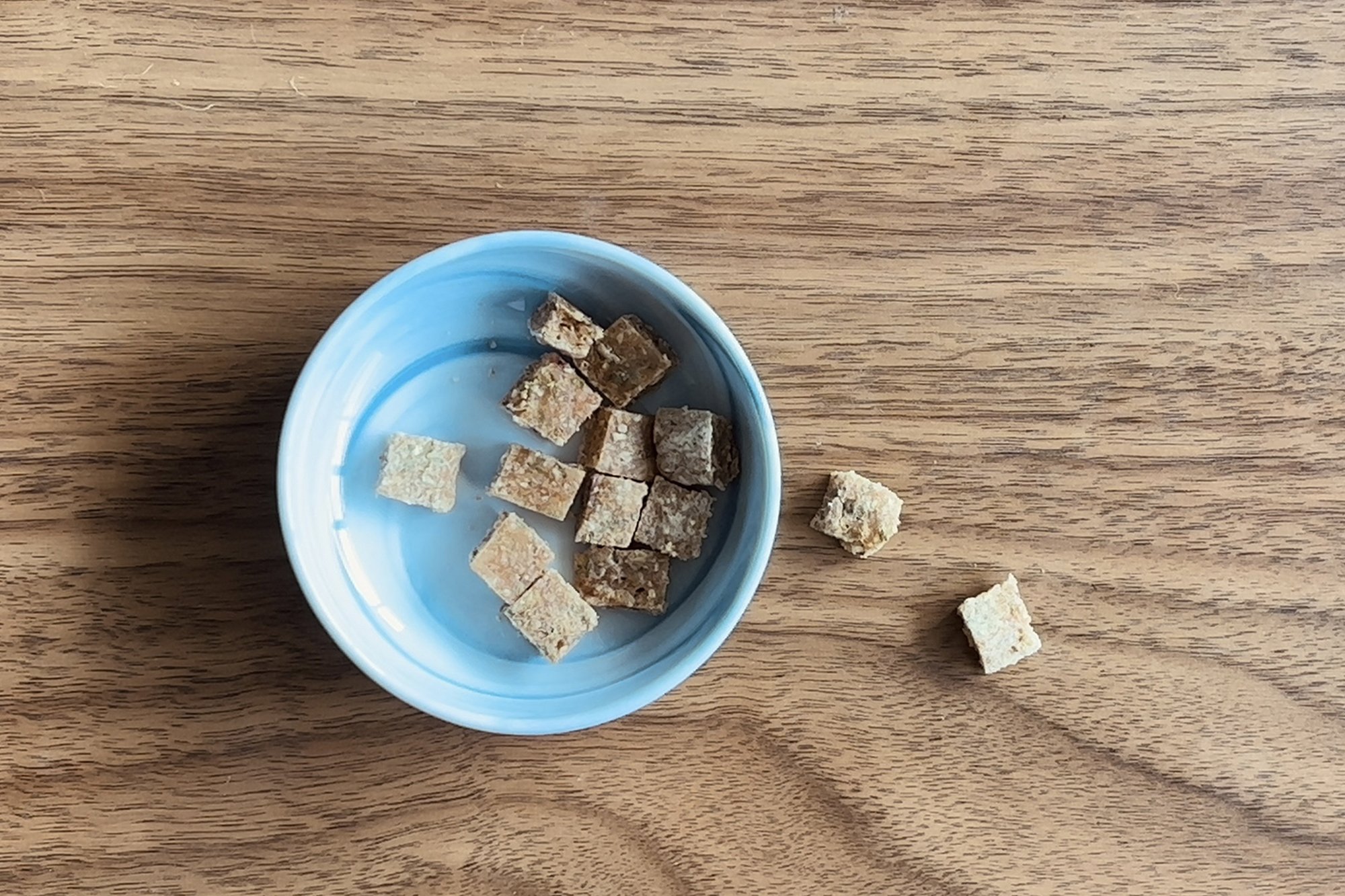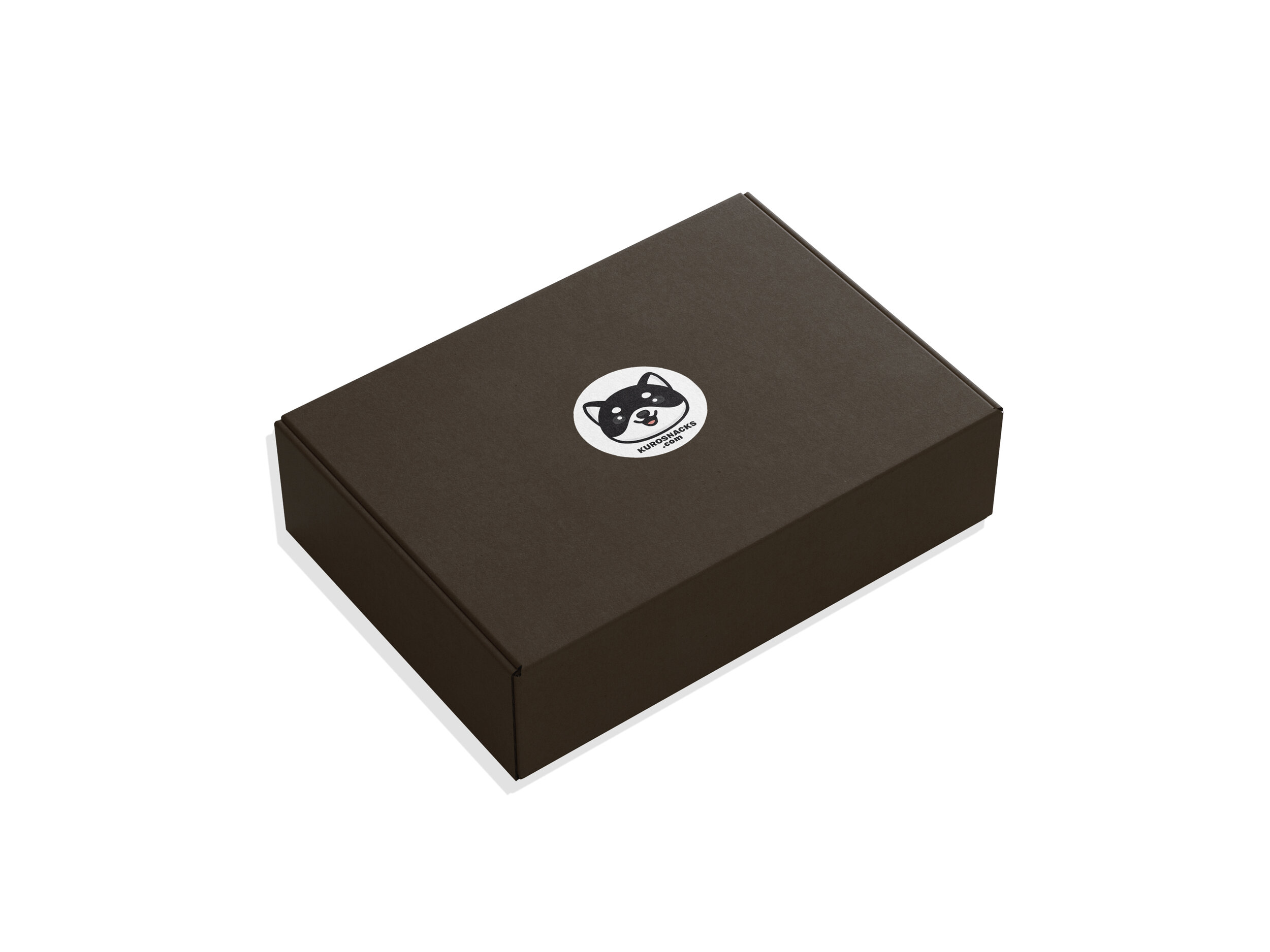Crate A Dog

Kuro Behind A Baby Gate
Is crating a dog really cruel? There’s actually no right or wrong answer for this. Every dog is different, some take to it well, some need a bit of training, and others truly need it and it helps them in more ways than one. Dogs instinctively seek small spaces to create protective shelters for themselves and crate may not be such a bad idea for some of them. Crate training should start when they are younger and more receptive. But the myth where “you can’t teach an old dog new tricks” is not true, but the fact is, they might take a longer time to adapt and learn. Here are some pros and cons of crate training.
CONS
Physical Frustration
Emotional Distress
Danger of improper assembly
Danger if collar or leash is on
PROS
Keeps Dogs away from harm’s way
Provides for a Safe Space
Helps with Toilet Training
Prevents Unnecessary Mobility
A crate-trained dog can be extremely useful when there are situations where a dog that’s running about can be a problem such as glass breakage on the floor, an accidental spill of food poisonous or harmful to dogs, repairmen are at your place to fix complex equipment, etc. Getting your dog to then go into a crate can help prevent your dog from getting into harm’s way, particularly if you know while you’re pre-occupied, your dog will be safe. Recognizing that the crate is a dog’s safe space, when they are feeling threatened, unwell, or just need a time out, that’s a permanent spot that they can retreat to, almost like their own little sanctuary. Helps with their separation anxiety too. Dogs also generally do not like to do their ‘business’ where they sleep, they like to keep these places separate, so this is a good way to toilet train your dog. It also trains them to hold their pee. When your dog has gone through surgery, and is not supposed to jump around, whether with an e-collar or not, putting your dog in a crate, especially when you’re out and about can help to ensure that they aren’t harming themselves unintentionally, and it also prevents unnecessary mobility when they should actually be resting.
The size of a crate is important. If you are going to crate-train your dog, you must ensure there is ample space to move about within the crate or at the very least to stretch out. If it’s too small, it can cause physical frustration and claustrophobia. As we all know, when dogs are stressed, they can start to lick themselves excessively and develop unnecessary stress sores which affect their mobility amongst other health/physical issues later. You can’t keep them in there for too long either (by force), as that will also cause emotional distress. The rule of thumb is no more than 2 to 3 hours at a time. If your crate is open for them to freely move in and out, then that’s fine, they can be in there for longer. Never use the crate as a form of punishment as it will begin to breed resentment. It should be a pleasant place for your dog to be in or retreat to. Watch out for improper assembly, the last thing you want is for the crate to collapse and hurt your dog. Speaking of which, watch out for collars and leashes in there, as that could also affect their mobility or cause strangulation.
There are some alternatives to crate training, like designating an area in the home, making sure they have a space that’s all theirs (for Kuro it’s where her bed is) or the use of baby gates. We used to have a baby gate but now Kuro has learnt her two spots, which is her bed in the room and her beanbag. Sometimes, a dog crate doesn’t even have to be a literal box. Some are effective and some aren’t. You’ll have to figure out what’s best for your dog and you, just remember, just like we’re all different as humans, dogs can be that way too. So don’t bother about what others say, it’s all for the best for your dog.
Here are some that you might want to consider:
Leave a comment and let us know if your dog prefers the crate or not at all! We’d like to hear your stories. Do also let us know what stories you’d like to hear. Don’t forget to get some Kuro Snacks, they make great training aids!


